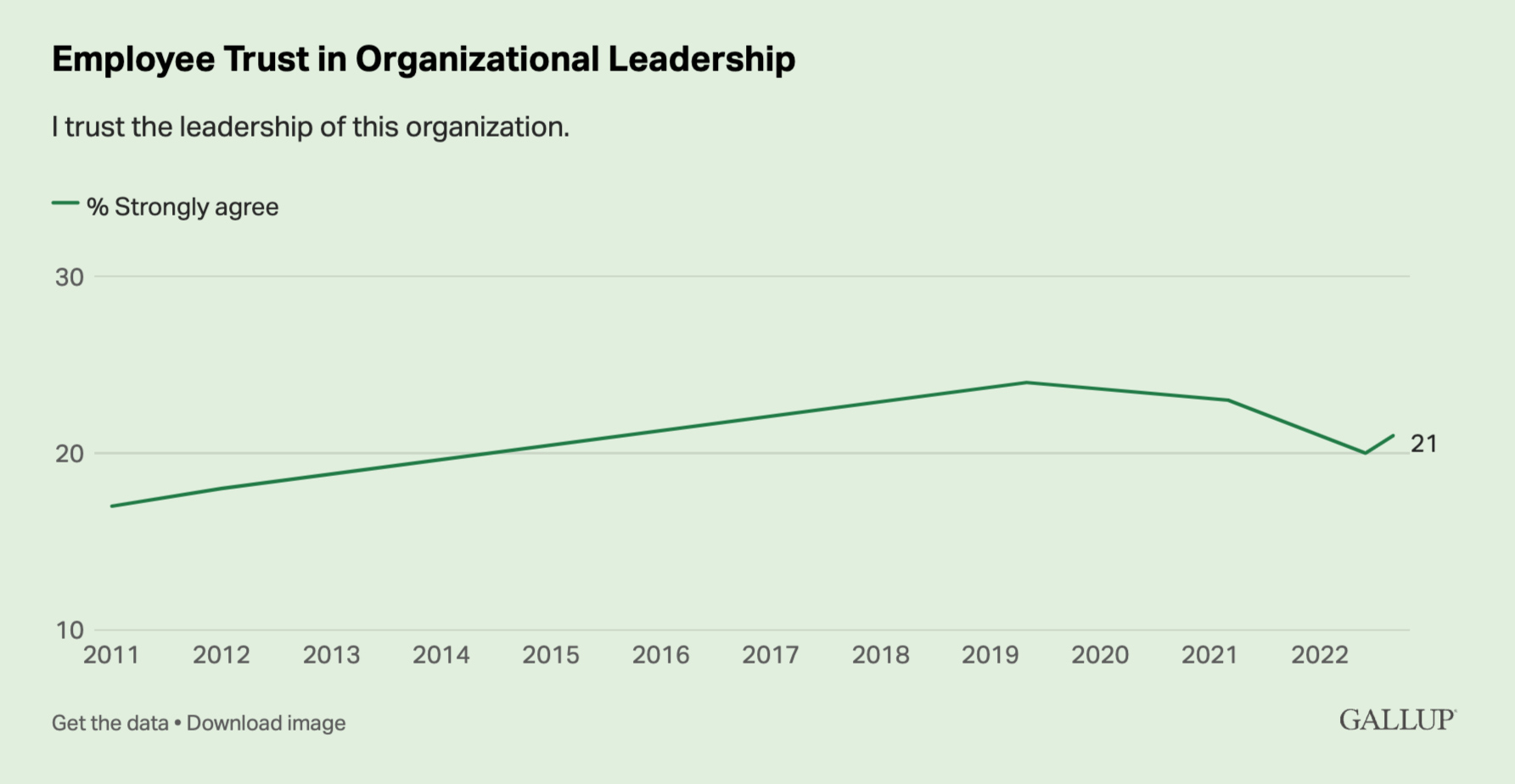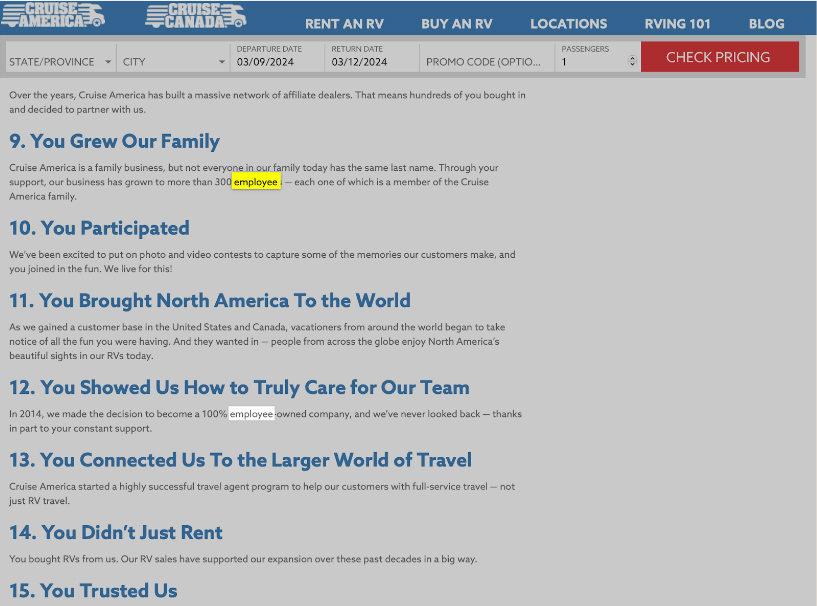
"Communication is key.” It’s a phrase you hear everywhere. From behavioral psychologists to your uncle giving his best marriage advice.
And it’s true.
Poor communication is a recipe for misaligned goals, disengagement, and feeling overlooked and undervalued.
You may have tried internal comms in your organization before. Slack threads and emails are common platforms. But these approaches often get tangled and unorganized, defeating the very goal they were trying to achieve—clear communication.
Using an internal blog effectively allows communication to thrive while staying organized and creating an archive for future reference.
In this post, we’ll explore how companies can use internal blogging to improve employee communications company-wide.
4 Ways internal blogging improves employee communication
Internal blogs facilitate a more transparent and inclusive workplace culture. In this section, we’ll explore four key ways in which internal blogging significantly improves employee communication, fostering a stronger sense of connectivity and engagement among team members.
Knowledge sharing and education
Your senior employees hold a wealth of knowledge about your industry and organization. Having an internal blog gives them an outlet to share their knowledge without feeling like they are spamming their co-workers or oversharing.
This allows knowledgeable employees to become mentors to newer employees, creating a robust web of shared knowledge that may be otherwise lost.
Many people love sharing what they know and getting to geek out a little, especially about specialized knowledge that few outside their industry have an interest in.
Making this type of knowledge-sharing accessible helps employees engage with one another and enjoy the connections they make at work.
It can be as simple as offering them to design a logo for a new project, encouraging them to make a personal investment in the company's visual identity, and fostering a stronger sense of belonging and commitment among team members.
Additionally, all of this employee-generated content will create a knowledge base everyone can use for reference.
The average worker spends 1.8 hours a day searching for information. More remarkable is that “knowledge workers” i.e., scientists, lawyers, analysts, etc., spend an average of 2.5 hours a day finding information. That’s about 30% of their workday.
Regardless of the current statistics, everyone has experienced the frustration of digging through digital archives—sometimes for many hours—in search of the information they need for their work.
Your corporate blog doubles as a way for employees to engage with one another and a robust, searchable archive of information employees can pull from at any time.
Prove you’re listening
In a 2023 study conducted by Gallup, only 21% of US employees strongly agreed they trusted their organization’s leadership. This number shows a 3% decline from 2019, implying that the years during and following the pandemic have contributed to the growing distrust between leaders and their employees.
An internal company blog allows you to take steps toward earning and retaining employee trust by proving you are listening.
Provide helpful information for their career development and growth. Take, for example, the Better Nurse company. They provide resources on compact nursing states, including information on how to become licensed in other states for travel nurses.
Keep your ear to the ground with your internal communication. Prove you are listening to your employees’ concerns and being proactive in communicating with them.
One company did this by having the support team write an article highlighting some of the ridiculous support tickets they receive on a daily basis, allowing the team to vent a bit and giving the public more insight into how this team is treated by the customers.
Connection
While trust in leadership may be waning, Edelman's 2022 Special Report shows that employees do trust each other.
79% of employees said they trust their co-workers over their HR, their CEO, or their managers.
69% said they believe the people they work with to be a significant source of community in their lives.
That last point is particularly salient when it comes to an internal communications blog.
Employees want to feel connected and derive social meaning from their work relationships.
In a remote working environment, in particular, feeling connected to co-workers is crucial for engagement and inclusion.
Take, for example, Cruise America, an RV rental company. They exemplify the power of internal blogging to foster employee communication and engagement by showcasing employee stories and achievements throughout their blog content.
This fosters a sense of community and reinforces their commitment to their employee-owned structure. For instance, during their 50th anniversary celebration, two dedicated blog entries highlighted employee contributions, acknowledged individual efforts, and showcased their value to the company.
Posts like “How Cruise America is Keeping You in the Driver’s Seat” emphasize the company's employee-owned structure, strengthening a sense of ownership and shared responsibility for its success.
By featuring employee stories, successes, and challenges, Cruise America creates a platform for connection and community building, ultimately leading to a more engaged workforce.
Explanations
Often, one of the biggest breakdowns in communication occurs from the top down.
Employees think that leadership is out of touch, and frustration grows when decisions are made that affect their day-to-day work lives in ways they resent.
This is an area where internal blogging can be a huge help.
Using internal blogging to communicate directly with employees at every level from every department allows you to mitigate frustration and resentment before they turn into glaring issues.
When difficult situations arise (and they will in the life of any business), you want to communicate early, clearly, and authentically.
Use your company blog to directly address difficult things such as:
-
Shifts in the company’s direction
-
Changes in branding
-
Transfers of power
-
Security concerns
-
Changes in policy
-
Layoffs
Don’t make the mistake of thinking no communication is the best communication. That difficult thing shouldn’t be put off until the last minute so as not to create a frenzy. Respect your workforce as rational adults and speak to them accordingly.
The statistics show that when you trust your employees, they’ll trust you in return.
To sum up…
In a workforce as diverse and global as the one we’re currently participating in, you can’t afford to have fragmented communication.
Internal blogging is an excellent communication tool that simplifies company-wide communication. It creates avenues for knowledge sharing and engagement that are difficult to replicate on other platforms.
Internal blogs let you prove that you are listening to your workforce and care about maintaining a culture of inclusion and transparency. Lastly, they allow you to stay in touch and communicate directly when difficult topics need to be discussed.
These blog posts preserve employee trust, boost employee engagement, and enable smooth operations to continue (even in the most challenging times).



